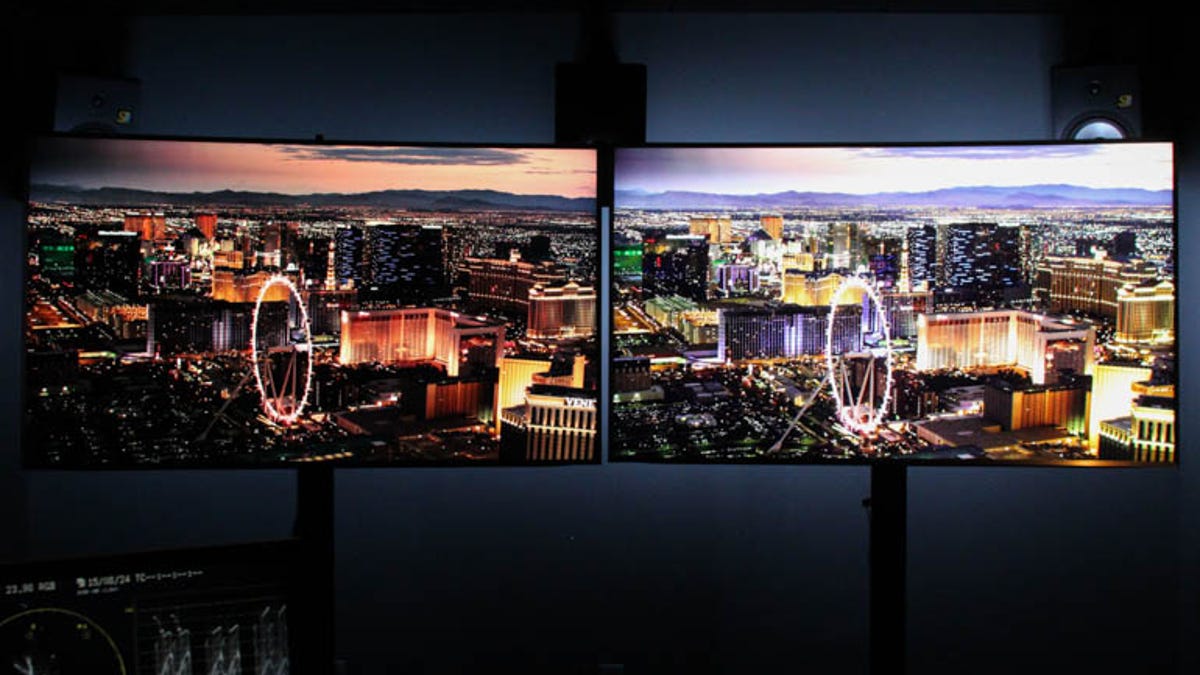How does 'HDR' technology makes photos or videos look great?
How does 'HDR' technology makes photos or videos look great?
Whether you are editing a photo or video or watching a TV ad, you may have heard a word called 'HDR' a lot. HDR is a short form of the English word 'High Dynamic Range' (High Dynamic Range).
Light is needed to create a picture or video. Dynamic use of the same light is HDR. HDR literally means different levels of light in any image. In other words, the use of different types of light and colors in pictures and videos is understood as HDR.
It shows the difference between the lightest and darkest levels in any image. HDR is the means of presenting any video through different colors.
It helps to make the presentation of the video excellent. Therefore, its importance is increasing today. The most important thing for the human eye is 'contrast' i.e. different colors, which AHDR helps to give the best presentation.
Today's televisions are equipped with HDR. With the development of technology, every color of the object in the picture that people see looks more bright and accurate or very dark.
What is HDR technology?
HDR uses panel technology. To watch content produced in HDR, it is necessary to have a display compatible with HDR. HDR technology is used in every type of laptop, tablet, phone or TV produced in recent times.
HDR enabled devices use a backlight system, which can output a high brightness of around 1000 nits or more, while normal televisions only have 100 nits of brightness.
Nits means light. HDR does not use nits uniformly in any image. It works by giving maximum light or making it dark in certain parts. This does not mean that everyone uses 1000 nits HDR.
Some displays are 1000 nits and some are only 800 nits. It has to be understood differently for video and photo. TV or video HDR is very exciting; It's a different way to display video content with more brightness, more color and contrast.
But photo HDR is a different process. Photo HDR uses two or more different images and combines them together, taking different colors from each to create a new product.
Types and functions of HDR
Generally there are three types of HDR in the market; HDR10, HDR10 Plus and Dolby Vision. The presentation of these three are different and the advantages and disadvantages of all three HDR formats are also different. They are not connected to each other.
HDR 10
HDR10 is a basic type. This is normal HDR, which uses over a billion colors to produce 10-bit video content. To watch videos based on HDR10, the device must support HDR.
HDR10 can tell the display how bright the content needs to be. It informs the device about the required lighting for the content and uses the same lighting for the full video or movie available. HDR 10 is generally used in current Xbox and Playstations.
Dolby Vision
Dolby Vision is a very popular display feature these days. Dolby Vision differs from other types of HDR because it uses an end-to-end HDR process. This means that until any item is captured and processed and produced and presented, it protects the information of the item or the information used in it while all this process is going on.
It also provides information about how much light is needed according to content, just like HDR10. But going a step further than HDR10, Dolby Vision suggests different lighting for different content.
HDR10 uses the same light that is targeted once throughout the video. Dolby Vision offers about 68 billion colors. Nowadays, most of the smartphones have started using displays that support Dolby Vision.
HDR 10 Plus
HDR10 Plus is an upgraded version of HDR10. It uses dynamic metadata to tell how much light is needed on the display. But it uses more data than HDR10 and Dolby Vision to identify lighting needs.
This means, HDR 10 Plus delivers different lighting needs for different frames, different scenes or different content within a complete video. Due to this, the amount of light is equal until the entire video is watched.




Comments
Post a Comment
If you have any doubts. Please let me know.